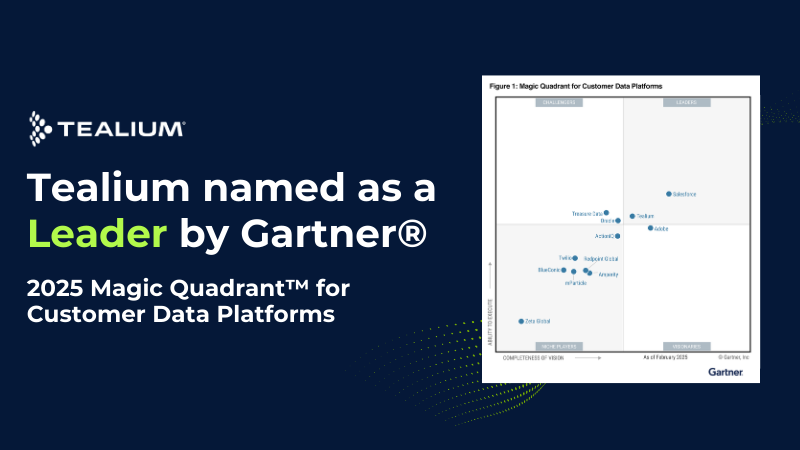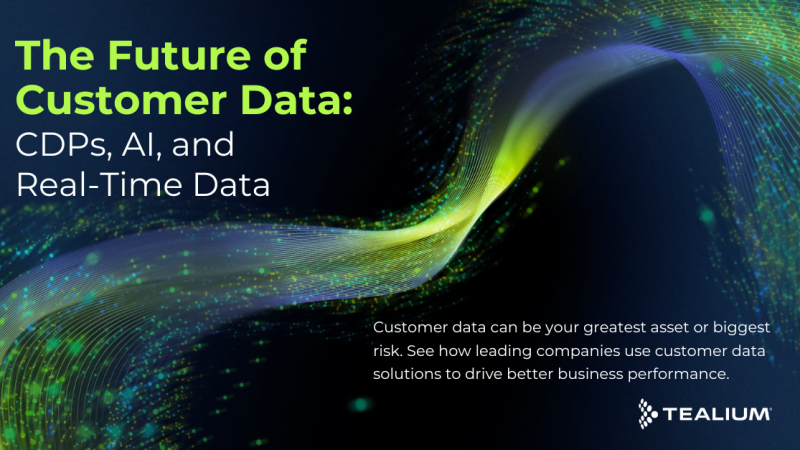What Is Data Privacy? Guide To Data Privacy
Data privacy is a critical aspect of the digital age, focusing on the protection of sensitive information from unauthorized access, misuse, or disclosure. As individuals and organizations increasingly rely on digital platforms to store and share personal data, the importance of safeguarding this information has become paramount. Data privacy practices encompass the applications, regulations, and technologies designed to ensure that personal and identifiable information, such as names, addresses, financial details, and social security numbers, remain secure. It is essential not only for maintaining individual privacy rights but also for fostering trust in brands, digital interactions, and services.
What Is Data Privacy?
Data privacy, or information privacy, involves safeguarding sensitive data to ensure it remains secure and is not improperly accessed, disclosed, or used. It encompasses personal information like names, addresses, medical history, social security information, or financial details.
What Are Examples of Data Privacy?
Example of Data Privacy for Healthcare
Let’s explore an example of data privacy in healthcare. When a patient visits a hospital, their medical history, personal details, and treatment information may be collected and stored in the hospital’s Electronic Health Record (EHR) system. Data privacy practices ensure that this sensitive information is accessed only by authorized medical personnel and not disclosed to unauthorized parties.
To safeguard this data, the hospital implements several measures, such as encrypting patient records, using secure login protocols, and limiting access based on roles. Additionally, the hospital must comply with regulations like the Health Insurance Portability and Accountability Act (HIPAA), which sets national standards for the protection of patient health information. This ensures that the patient’s data is used solely for their care and not for any unauthorized purposes, such as marketing or research without consent.
For more tactical examples, check out our case study with healthcare company, Bupa.
Example of Data Privacy for Pharma
Data privacy in the pharmaceutical industry is critical because it involves the protection of sensitive information related to patients, clinical trials, drug development, and proprietary research.
During clinical trials, pharmaceutical companies collect a significant amount of personal and health data from participants. This data can include information about their medical history, genetic information, and responses to treatments. To protect this sensitive information, companies must comply with regulations like the General Data Protection Regulation (GDPR) in the EU or the Health Insurance Portability and Accountability Act (HIPAA) in the US. This means they must anonymize patient data before it is shared with researchers.
Explore more examples by reading our case study featuring a global pharmaceutical organization and Indegene.
Example of Data Privacy for Travel & Hospitality
Many travel companies, such as airlines and hotel chains, offer loyalty programs that collect detailed information about their customers’ travel habits, preferences, and spending patterns. For instance, an airline’s frequent flyer program may track the destinations you visit, the types of seats you prefer, and your payment methods. To protect this data, companies must implement strong security measures and give customers control over their data, such as the ability to opt out of data collection or to delete their accounts.
See how Tealium supports global travel brand TUI, to deliver high-value coupons to customers, boosting its conversion rate.
Example of Data Privacy for Financial Services
Financial institutions are often required to share customer data with government agencies or other financial entities for regulatory purposes, such as anti-money laundering (AML) checks or tax reporting. For example, under the Foreign Account Tax Compliance Act (FATCA), banks must report certain financial information of U.S. citizens to the IRS. However, they must do so while ensuring that data privacy laws are respected, such as by anonymizing data where possible and only sharing the minimum amount of information required.
Example of Data Privacy for Retail
Many retailers use customer data to offer personalized shopping experiences, such as recommending products based on previous purchases or browsing history. For instance, if a customer frequently buys electronics, an online retailer might show them related products or special offers. While this enhances the shopping experience, retailers must ensure that they respect customers’ privacy by allowing them to control how their data is used and providing clear options to opt-out of personalized tracking and recommendations.
Explore how Tealium supports L’Oréal in modernizing their digital infrastructure and boosted their click-through rate to 55.08% (a 26.25% improvement from the pre-CDP adoption state).
What Are The Four Pillars of Data Governance?
The four pillars of data governance are data quality, data stewardship, data protection & compliance and data management. Let’s explore the four pillars of data governance in depth!
Data Quality
Data quality pertains to the precision, completeness, consistency, and timeliness of data. Maintaining high data quality is essential for informed decision-making and generating reliable insights. Practices for data governance related to quality involve setting data standards, establishing processes for data validation and cleansing, and implementing mechanisms for monitoring and reporting data quality.
Data Stewardship
Data stewardship emphasizes the accountability and responsibility for managing and preserving data assets. Data stewards are crucial in ensuring data quality, adhering to policies and procedures, resolving data-related issues, and supporting data governance efforts. They work closely with data owners, custodians, and users to set data standards, define guidelines for data usage, and enforce governance policies.
Data Protection and Compliance
Data protection and compliance focus on the security and privacy aspects within data governance. Organizations must protect sensitive data from unauthorized access, breaches, or misuse. This pillar involves applying security measures, such as encryption and access management, and establishing data classification policies. It also requires adherence to regulations like the General Data Protection Regulation (GDPR), California Privacy Rights Act (CPRA), or the Health Insurance Portability and Accountability Act (HIPAA).
To learn more about data privacy and regulations, explore our blog post, De-Mystifying Data Privacy: The Scoop on Data Privacy Regulations.
Data Management
Data management involves the practices and processes for efficiently handling data throughout its lifecycle. This includes data governance activities such as data integration, architecture, modeling, storage, retention, and lifecycle management. By implementing robust data management practices, organizations can streamline workflows, minimize data silos, and enhance data accessibility and usability.
What Is The Difference Between Data Privacy and Data Protection?
In the digital landscape, privacy and data protection are terms often used interchangeably, but they serve distinct roles in safeguarding personal information. Data Privacy and Data Protection are closely related concepts, but they have distinct meanings and implications.
Data Privacy
- Focus: The focus of privacy is on who has access to your personal data and how that data is utilized. It’s about ensuring that individuals have the autonomy to protect their personal space, communications, and sensitive information.
- Scope: Privacy is a broad concept that goes beyond data. It covers everything from keeping your location private to ensuring your conversations stay confidential.
Data Protection
- Focus: The focus of data protection is on how personal data is managed, stored, and secured. This involves implementing robust policies, adhering to legal standards (like GDPR), and deploying technologies that protect data integrity.
- Scope: Data protection is a more focused area that deals specifically with the secure handling of personal data, ensuring that it’s protected from any form of unauthorized access or exploitation.
To summarize, data privacy empowers individuals with control over their personal information, while data protection ensures that this personal data is handled with care, following best practices and legal standards. Both are crucial in today’s data-driven world, where trust and transparency are key.
What Is The Difference Between Data Privacy and Data Governance?
Data privacy and data governance are related concepts in the realm of data management, but they serve different purposes and focus on different aspects of handling data. Data privacy is a subset of data governance. While data privacy focuses specifically on the protection of personal data and compliance with privacy regulations, data governance encompasses a broader range of activities related to the management and oversight of all types of data within an organization.
Key Elements of Data Privacy
- Regulations and Compliance: Data privacy involves adhering to laws and regulations, such as the General Data Protection Regulation (GDPR) in the EU or the California Consumer Privacy Act (CCPA) in the U.S., which govern how personal data should be handled.
- Consent: Data privacy emphasizes obtaining explicit consent from individuals before collecting or using their personal information.
- Individual Rights: Data privacy encompasses the rights of individuals to access, correct, delete, or control the use of their personal data.
- Example of Data Privacy: A company ensuring that it only collects personal data that is necessary for its operations and that it protects this data from breaches or unauthorized access.
Data Governance
Data governance is a broader concept that involves the overall management of data within an organization. It focuses on ensuring that data is accurate, consistent, available, and used effectively to support business objectives.
Key Elements of Data Governance
- Policies and Standards: Data governance involves setting policies, standards, and procedures for how data should be managed across the organization. This includes data quality, data lifecycle management, and data access policies.
- Data Stewardship: Data stewardship includes assigning roles and responsibilities to individuals or teams who oversee data management activities, ensuring data integrity, and enforcing data-related policies.
- Data Management: Data governance covers the processes for data acquisition, storage, usage, and disposal, ensuring that data is properly managed throughout its lifecycle.
- Data Quality: Data quality involves establishing practices to ensure that data is accurate, complete, and reliable, which is essential for effective decision-making.
- Example of Data Governance: A company implementing a data governance framework to standardize data definitions, ensure data consistency across departments, and establish guidelines for data quality and access.







